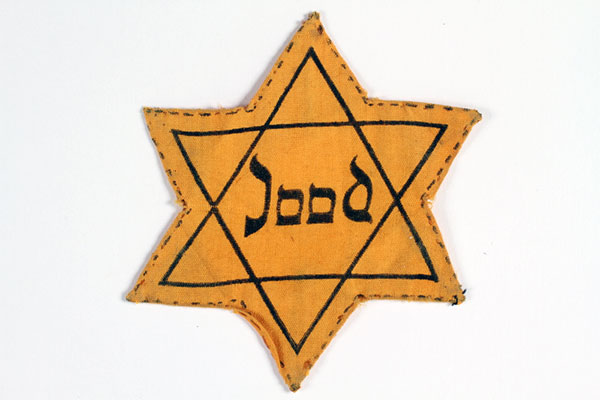-
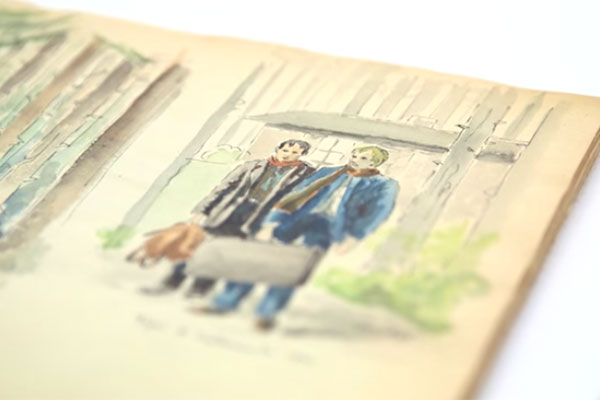
Art in Exile: The Leo Yeni Collection
Leo Yeni was born into a family of Greek Jews in Milan, Italy, in 1920. In 1943, with the persecution of Jews in Italy continuing to worsen, he fled to Switzerland, where the authorities placed him in an internment camp. In this episode of Curators Corner, Kyra Schuster shares the artwork Leo created to document life in the camp with his fellow refugees.
-
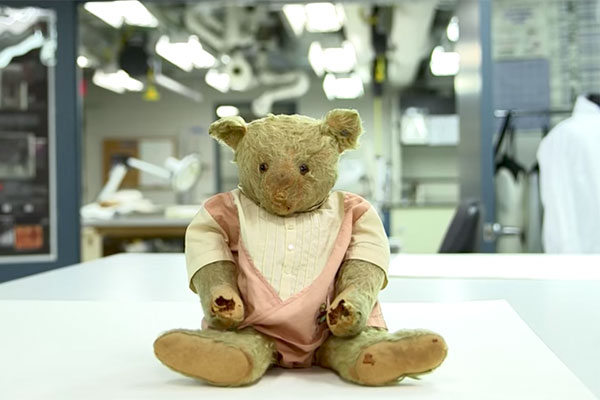
Secrets Inside: How a Boy’s Bear Helped a Family Escape Nazi Persecution
The story behind a teddy bear that helped Julius and Netty Butzke and their son, Hans, start a new life after they escaped Vienna in 1940. Hans’s son, Richard, and granddaughter, Eva, share their family history and explain why the bear is so special to them.
-
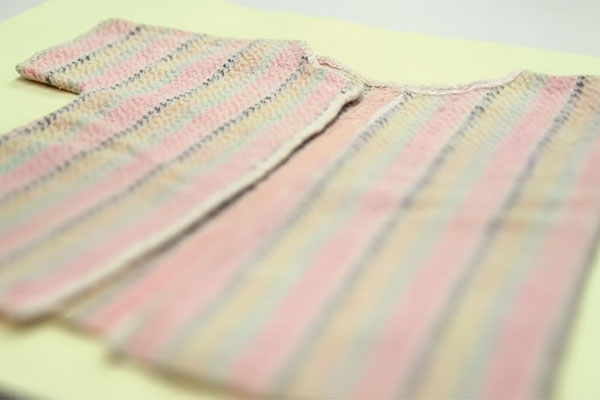
All That Was Left Was a Baby Jacket: The Radzinowicz Family Collection
The Museum’s Teresa Pollin shares the story behind a baby jacket that a Holocaust survivor kept for almost 65 years until her death in 2007. Her two daughters found the jacket among their mother’s belongings after she passed away.
-

Aerial Photography and the Holocaust: The Dino A. Brugioni Collection
A veteran of World War II, Dino Brugioni joined the CIA in 1948 and eventually worked in its National Photographic Interpretation Center. In the 1970s, he began to wonder what photographs the CIA might have of Auschwitz in 1944. Eventually he acquired a collection of aerial photographs taken of various camps during the war, which he donated to the Museum.
-
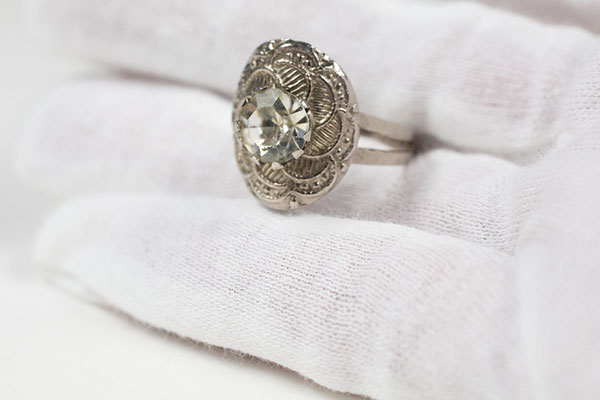
The Fake Diamond Ring That Helped Save Three Lives
When German soldiers broke a chandelier in the Drohobycz ghetto, Abraham “Bumek” Gruber took some of the broken pieces and asked a jeweler to make him a ring. Bumek was later able to use the fake diamond ring to ensure his survival as well as the survival of two other Jews, a mother and her daughter, when they escaped from the ghetto.
-
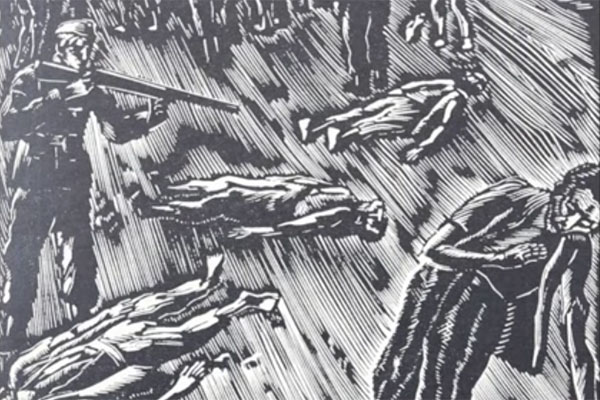
The Survivors’ Haggadah
In April 1946, Jews in Europe celebrated the first Passover after the defeat of Nazi Germany. Created by survivors and published by the Third US Army, The Survivors' Haggadah incorporates elements of the traditional Passover text with the recent experiences of Holocaust survivors.
-
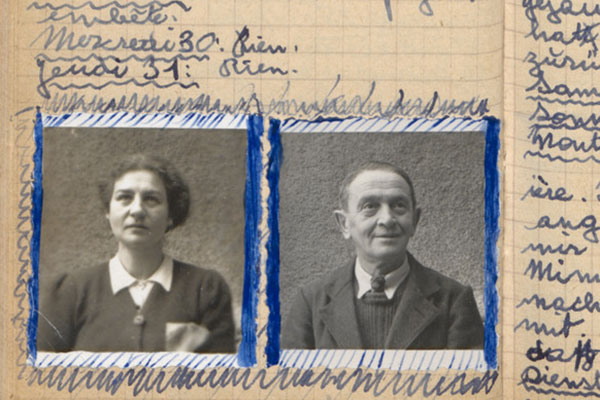
Peter Feigl’s Diary
Born in Berlin in 1929, Peter Feigl moved with his parents to Prague and Brussels before they ended up in southern France in 1940. In 1942, Peter was at a Quaker summer camp when his parents were arrested. Learn about the diary Peter began after his parents’ arrest, how it disappeared, and how he recovered it decades later.
-
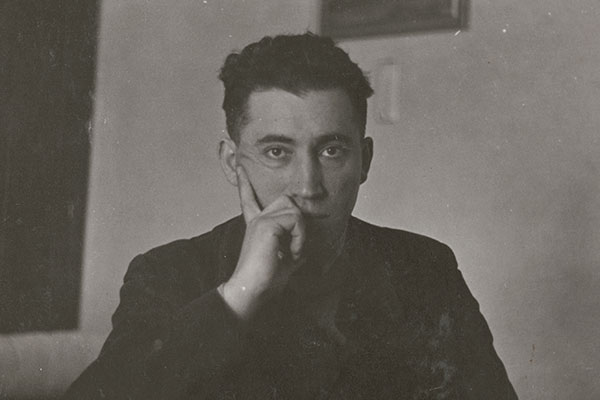
Jews Rescuing Jews: The Ben Zion and Clara Colb Collection
This collection documents the efforts of Ben Zion Kalb (later Colb), who, working with leaders of the Jewish community in Poland and Slovakia, smuggled more than 1,000 of his fellow Jews out of Poland. His children donated the collection to the Museum to bring recognition to their father’s heroism during the Holocaust.
-
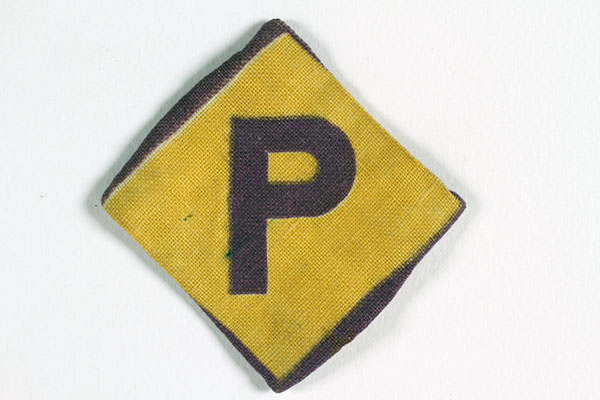
The Nazi Persecution of Polish Catholics: The Wojtas Family Collection
Museum librarian Vincent Slatt shares photographs, documents, and artifacts from the Museum’s collection that document the persecution his grandparents Eugene and Irene Wojtas, Catholics from rural Poland, underwent at the hands of the Nazis.
-
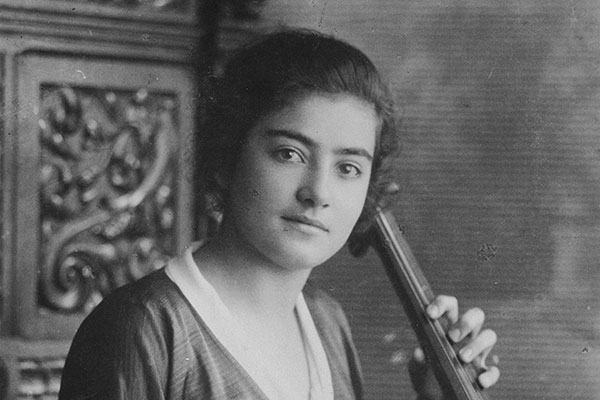
The Frieda Belinfante Collection
Born in Amsterdam in 1904, Frieda Belinfante joined a Dutch resistance group during the Nazi occupation of the Netherlands, forging identity documents for people in hiding and helping plan an attack on Amsterdam’s population registry. Klaus Mueller, the Museum’s European representative, interviewed Frieda when she was 90 years old, just nine months before she passed away.
< The Museum's Collections
Curators Corner
Extraordinary Stories Behind the Objects in Our Collections

